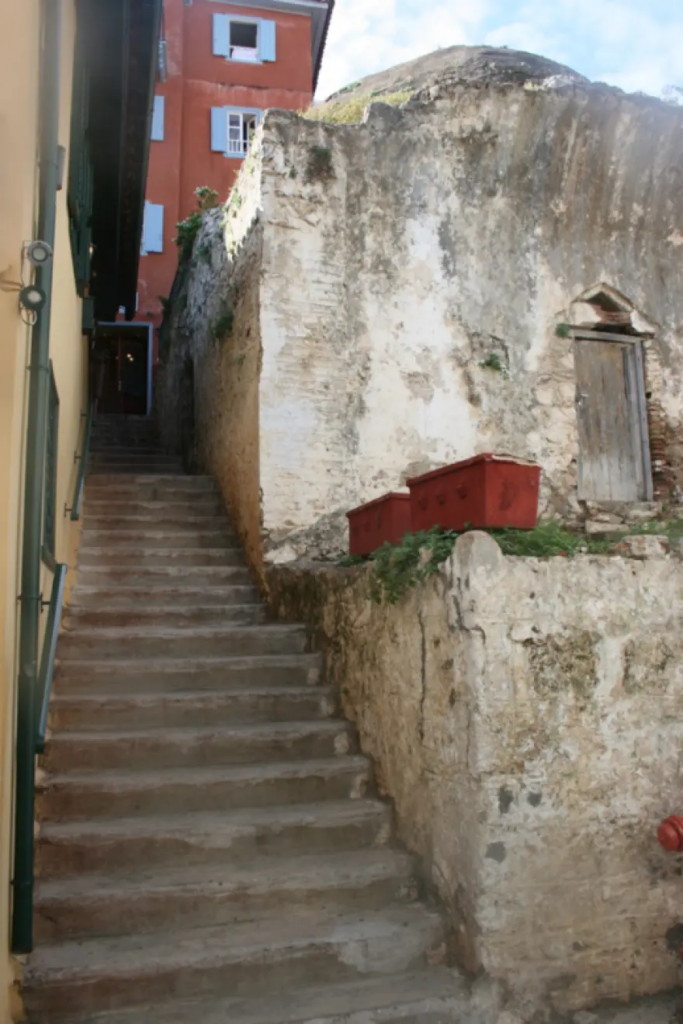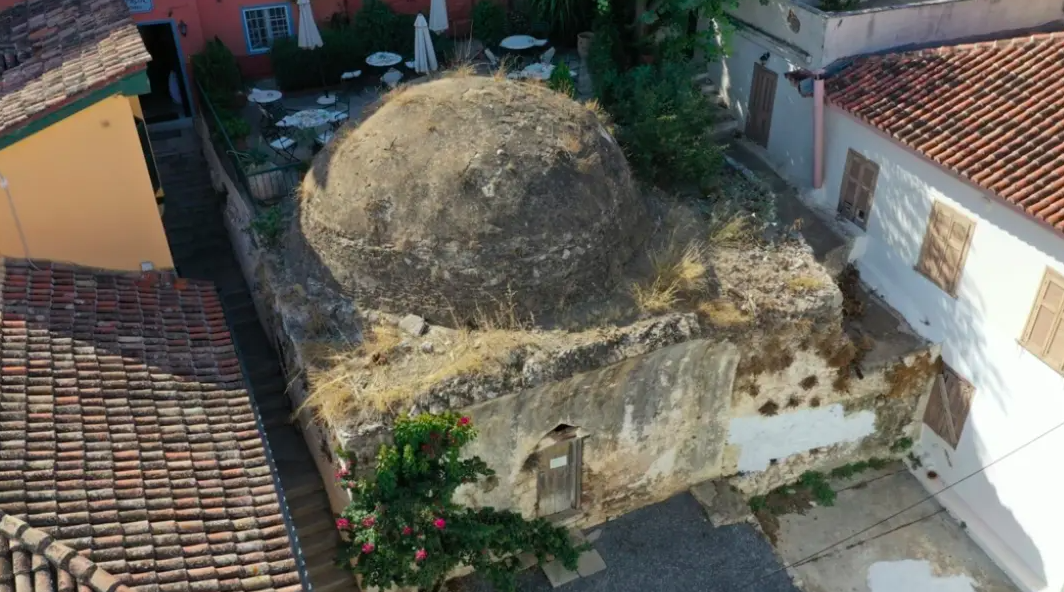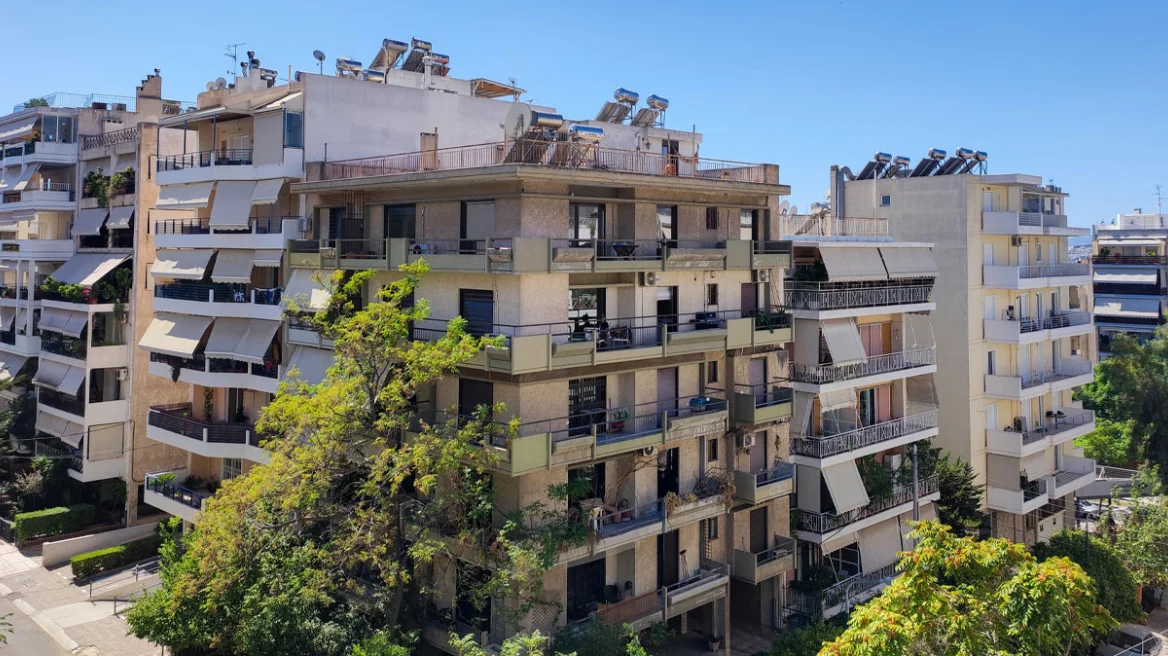The Ministry of Culture is moving forward with the restoration of the Ottoman Baths complex in Nafplio as part of a Cultural Development Program Agreement signed in 2022 between the Ministry of Culture, the Peloponnese Region, the Municipality of Nafplio, and the Development Organization “Parnonas SA.”
As part of the agreement for the stabilization, restoration, and enhancement of the monument, related preliminary studies—including architectural, structural, hydraulic, and electromechanical—have been completed and positively reviewed by the Central Archaeological Council.
The Ottoman Baths building, owned by the Municipality of Nafplio, is located on Kapodistrias Street in the old city, across from the historic Church of Agios Spyridon. According to the preliminary studies, the planned interventions include the removal of vegetation, cleaning of soil deposits from the external spaces, beginning from the warm area to check for possible floors and investigate the extent of the hypocaust system. Further interventions will also involve removing later modifications and integrating new installations for water supply, electricity, and fire safety.

The History of the Hammam
Nafplio’s Ottoman monuments include religious buildings like the Trianon (or the old mosque in Nafplio Square), the Fetihiye Mosque above the Toron Gate, the “Aga Pasha’s mosque” (late 18th-early 19th century), public buildings like public fountains, the large Serai of Moria-Pasha, the Leonardi prison, and the Ottoman hammam/baths. The Hammam is a transitional type that is not found in the Greek territory. It is organized in a single section, shared by men and women, with an entrance from the current Kapodistrias Street.

Today, the Ottoman bath still retains the warm space covered by a hemispherical dome, featuring three concentric rings of light openings. On the northern side of the property, there are remains of other parts of the Hammam, which was supplied with water from the Saint Monastery spring in Areia, Nafplio. Based on the travel account of the English traveler William Gell in 1800, who described the functioning of the Hammam, it is believed to have been constructed during the second period of Ottoman rule in Nafplio (1715-1822).
Culture Minister Lina Mendoni stated: “The Hammam of Nafplio is an important architectural example from its period and the only Ottoman Baths complex in the city, dating back to the 18th century. During an on-site inspection two years ago, we recognized the need for conservation and restoration work, as the current state of the monument, following the collapse of some sections, makes it hard to interpret. As part of this, we have undertaken the necessary studies for its restoration, integrating it with other monuments that the Ministry of Culture has been restoring in Nafplio in recent years, such as Bourtzi Castle Island, the Church of Saint Nicholas, the Old Customs House, and the Vigga Building. The completed preliminary studies will serve as the guide for the monument’s restoration. Based on the results of the required archaeological research to locate all remaining original parts of the bath and its construction phases, the final architectural study for its restoration will be carried out.”
Ask me anything
Explore related questions





